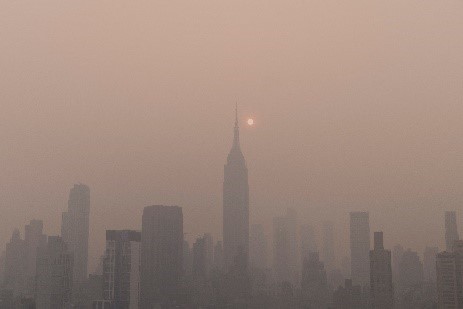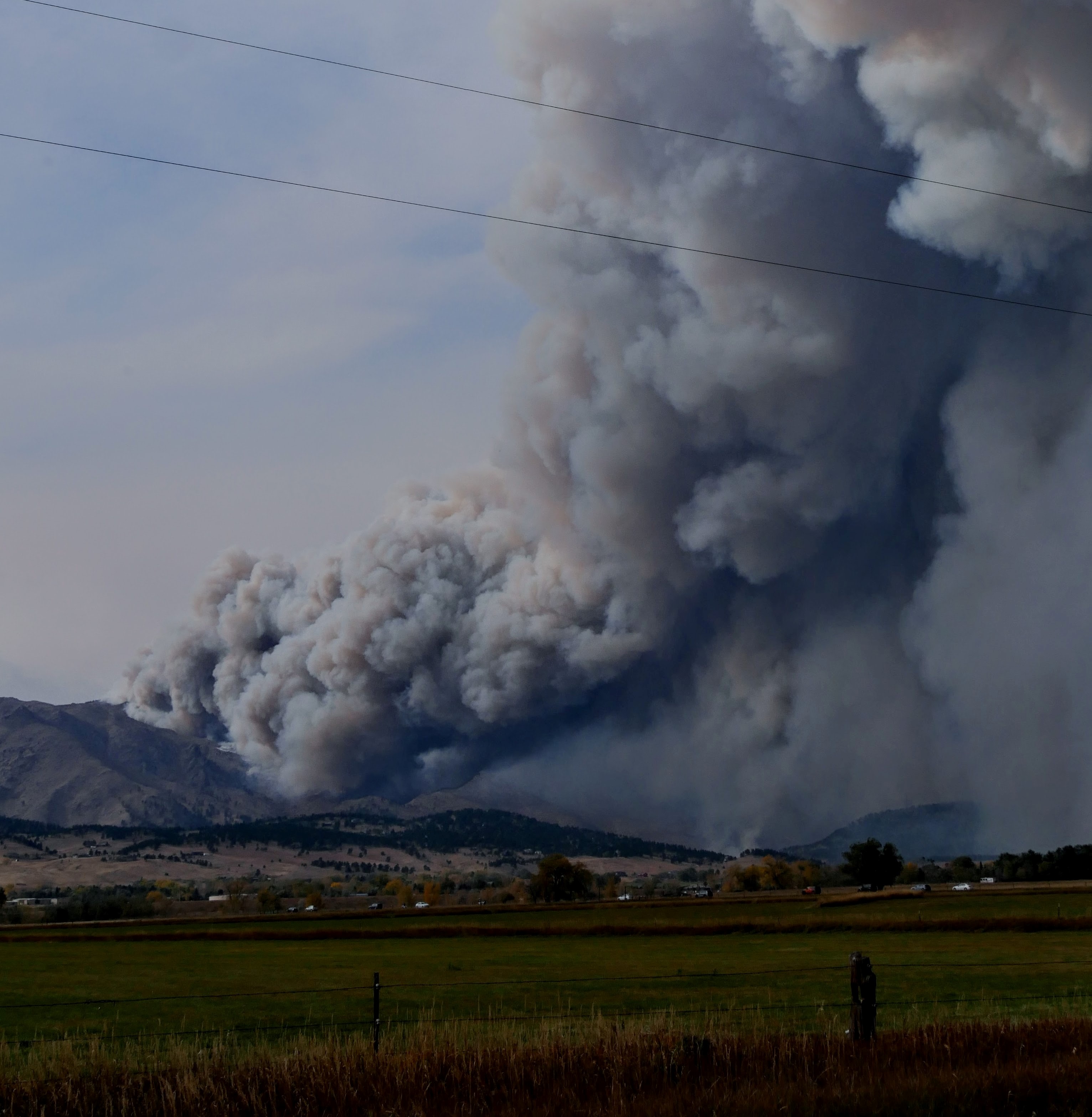
Wildfires can play an important role in maintaining ecosystems. However, current environmental and climatic conditions are causing wildfires to become more frequent, larger, and hotter more quickly than wildland fires of the past, putting more and more people, wildlife, and ecosystems at risk. Smoke generated from wildfires can negatively impact air quality and human health, even for people far away from the fire’s origin. Our work provides deeper insight into the science of wildfires, their impacts on the environment and human health, and how individuals, communities, and decision makers can prepare for future fires.
Preparing for and Managing Wildfires

The Chemistry of Fires at the Wildland-Urban Interface
Wildfires in America are becoming larger, more frequent, and more destructive, driven by climate change and existing land management practices. Many of these fires occur at the wildland-urban interface (WUI), areas where development and wildland areas overlap and which are increasingly at risk of devastating fires as communities continue to …[more]
Visit the interactive webpage for The Chemistry of Fires at the Wildland-Urban Interface.

California and other wildfire-prone western states have experienced a substantial increase in the number and intensity of wildfires in recent years. Wildlands and climate experts expect these trends to continue and quite likely to worsen in coming years. Wildfires and other disasters can be particularly devastating for vulnerable communities. …[more]

Although ecosystems, humans, and fire have coexisted for millennia, changes in geology, ecology, hydrology, and climate as well as sociocultural, regulatory, and economic factors have converged to make wildland fire management exceptionally challenging for U.S. federal, state, and local authorities. Given the mounting, unsustainable costs and …[more]
Wildfires and Human Health

Wildland fires pose a growing threat to air quality and human health. Fire is a natural part of many landscapes, but the extent of area burned and the severity of fires have been increasing, concurrent with human movement into previously uninhabited fire-prone areas and forest management practices that have increased fuel loads. These changes …[more]

Frameworks for Protecting Workers and the Public from Inhalation Hazards
Individuals in the United States and Americans abroad are exposed to inhalation hazards from a variety of sources, and these hazards can have both short- and long-term adverse effects on health. For example, exposure to wildfire smoke, which contains particulate matter and toxic chemicals, can lead to respiratory problems, increased risk for …[more]

Overwhelming evidence exists that exposure to outdoor fine particulate matter (PM2.5) is associated with a range of short-term and chronic health impacts, including asthma exacerbation, acute and chronic bronchitis, heart attacks, increased susceptibility to respiratory infections, and premature death, with the burden of these health effects …[more]
How Smoke Moves

Recent advances in air pollution monitoring and modeling capabilities have made it possible to show that air pollution can be transported long distances and that adverse impacts of emitted pollutants cannot be confined to one country or even one continent. Pollutants from traffic, cooking stoves, and factories emitted half a world away can make …[more]

Our world is changing at an accelerating rate. The global human population has grown from 6.1 billion to 7.1 billion in the last 15 years and is projected to reach 11.2 billion by the end of the century. The distribution of humans across the globe has also shifted, with more than 50 percent of the global population now living in urban areas, …[more]





